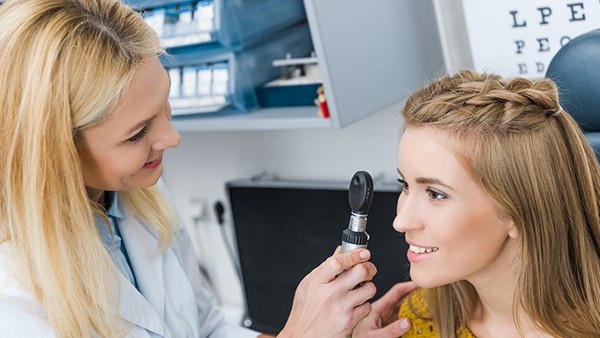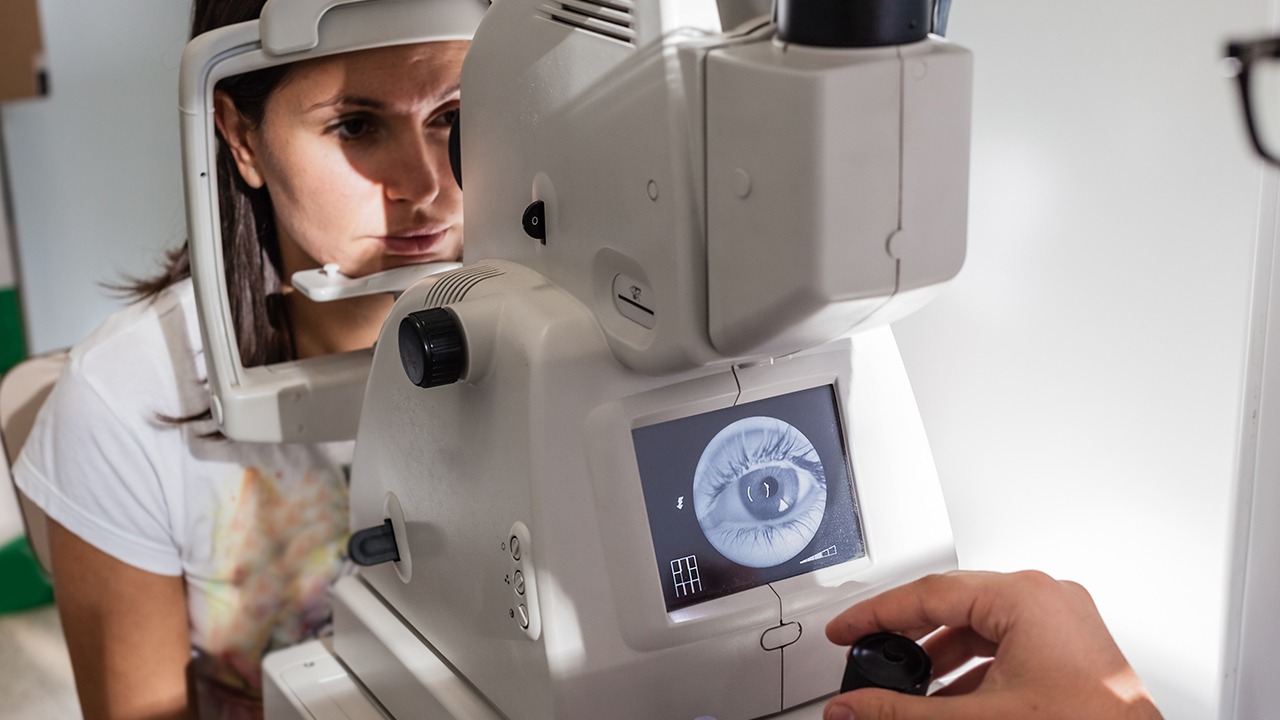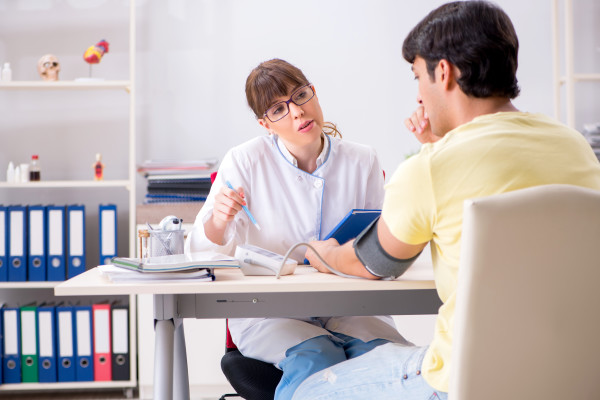Correct Practice of Kegel Exercises

Kegel exercises are a set of exercises that can strengthen the muscles of the pelvic floor. These muscles support the bladder, uterus, and rectum. Kegels can help to improve urinary incontinence, fecal incontinence, and pelvic organ prolapse.
Kegel exercises can be done anywhere, but it is important to do them correctly to get the most benefit. Here are the steps on how to do Kegels correctly:
1. Find the right muscles. To find the right muscles, try to stop urinating midstream. The muscles you use to do this are the pelvic floor muscles.
2. Contract the muscles. Once you have found the right muscles, contract them by pulling them up as if you are trying to lift your pelvic floor. Hold the contraction for five seconds, then release.
3. Repeat. Repeat the contraction and release 10-15 times. Do three sets of Kegels each day.
It is important to do Kegels correctly to get the most benefit. Here are some tips:
Focus on contracting the right muscles. It is important to focus on contracting the pelvic floor muscles, not the abdominal or buttock muscles.
Hold the contraction for five seconds. Hold each contraction for five seconds to get the most benefit.
Do three sets of Kegels each day. Do three sets of Kegels each day to see the best results.
Be patient. It takes time to see the benefits of Kegel exercises. Be patient and keep doing them regularly.
Kegel exercises are a safe and effective way to strengthen the pelvic floor muscles. They can help to improve urinary incontinence, fecal incontinence, and pelvic organ prolapse.
Benefits of Kegel exercises
Kegel exercises can provide a number of benefits, including:
Improved urinary incontinence. Kegel exercises can help to strengthen the muscles that support the bladder, which can help to reduce urinary incontinence.
Reduced fecal incontinence. Kegel exercises can also help to strengthen the muscles that support the rectum, which can help to reduce fecal incontinence.
Prevention of pelvic organ prolapse. Pelvic organ prolapse occurs when the pelvic floor muscles become weak and can no longer support the organs of the pelvis. Kegel exercises can help to strengthen the pelvic floor muscles and prevent pelvic organ prolapse.
Improved sexual function. Kegel exercises can help to strengthen the muscles that are involved in sexual function, which can lead to improved sexual function.
Reduced back pain. Kegel exercises can help to strengthen the muscles that support the lower back, which can help to reduce back pain.
When to do Kegel exercises
Kegel exercises can be done at any time, but it is important to do them regularly to get the most benefit. Some good times to do Kegel exercises include:
When you are sitting on the toilet. This is a great time to practice Kegels because you can easily isolate the pelvic floor muscles.
When you are lying down. This is another good time to practice Kegels because you can relax your body and focus on contracting the pelvic floor muscles.
When you are standing in line. This is a good time to do Kegels because you can do them discreetly.
How often to do Kegel exercises
It is recommended to do Kegel exercises three times per day. Each session should consist of 10-15 repetitions.
Kegel exercises for men
Kegel exercises can also be beneficial for men. Men can do Kegel exercises to improve urinary incontinence, erectile dysfunction, and premature ejaculation.
To do Kegel exercises for men, follow the same steps as for women. However, men should focus on contracting the muscles around the base of the penis.
Kegel exercises for women
Kegel exercises can be beneficial for women of all ages. Women can do Kegel exercises to improve urinary incontinence, fecal incontinence, pelvic organ prolapse, and sexual function.
To do Kegel exercises for women, follow the same steps as for men. However, women should focus on contracting the muscles around the vagina and anus.
If you have any questions about Kegel exercises, talk to your doctor.
The above is all the content that the editor wants to share with you. I sincerely hope that these contents can bring some help to your life and health, and I also wish that your life will be happier and happier.
Topic: #practice #correct #of











